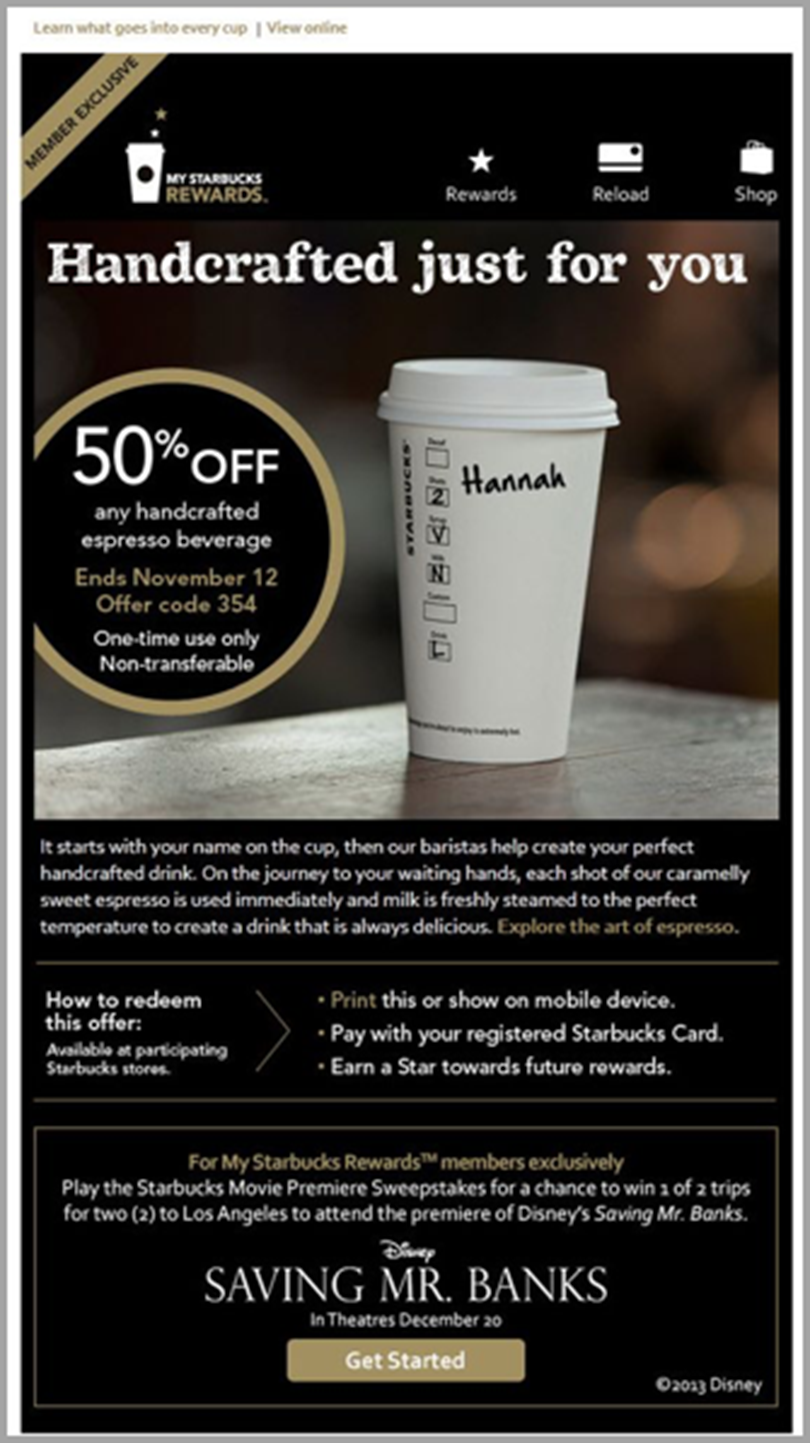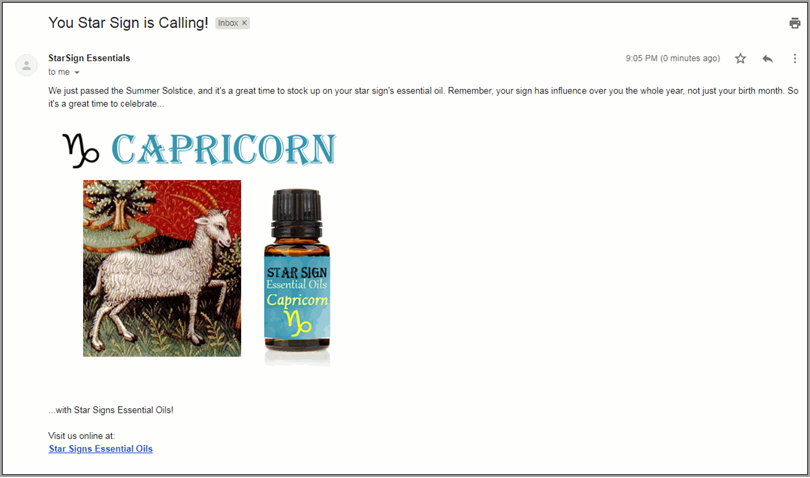According to Marketing Dive’s latest study, “Personalized email subject lines increase open rates by 50%.” On top of that, segmentation alone can result in increases in virtually every and any email marketing KPI. Just recently, Campaign Monitor worked with Virgin to create new, personalized and segmented email campaigns based on user locations. Now, we can get customized emails to our specific location. People want (and are getting) custom and valuable content – not generic discounts Ever since the Gmail inbox switched it up and gave us tabs to manage our emails in distinct folder inboxes, promotional emails have had to fight for success. Calm has free sections, but most of the real content is paid on the app. In your email marketing, focus on delivering value and custom content or discounts. Automation makes segmenting users and personalizing content easy While all of these new branches of segmentation and personalization in email marketing sound fantastic, scaling them is tough. People who browsed the page and offer. Personalization and segmentation open the doors for better email marketing, especially when it comes to automation. While automating some high-level things at scale isn’t easy, when you start to segment your list to narrower markets, automation falls into place.

The average American receives 121 emails per day and sends another 40.
But that isn’t including promotional emails that clog up their inboxes and make them want to pull their hair out.
Standing out amongst your competition is becoming more than a challenge with saturation and a fatigued audience.
What triumphed as new “growth hacks” for email a few years ago is standard practice today (if they’re still around at all).
But new waves and forms of personalization and segmentation are reshaping the landscape of email marketing as we know it.
And I’m not talking about “Hello Fname,” either. That’s not real personalization.
Here is why personalization and segmentation are email marketing’s saving grace.
Real personalization is reviving email marketing
If you continually browse your inbox, you have probably noticed a dramatic shift in email marketing trends over the past few years.
Emails are becoming better than ever before and used for more purposes than ever before. Anything from promotions to content delivery and building real relationships.
Now that’s not to say that bad emails don’t exist, because they surely do.
But, as a collective, email marketing has improved and results are improving with it.
Just recently, one entrepreneur was able to scale their business from nothing to a booming startup solely using personalized email outreach. Key email marketing metrics like open rate, click-through-rate, and response rate are all climbing with the increase in personalization as a priority.
According to Campaign Monitor, marketers are noticing a 760% increase in revenue by segmenting traffic. The DMA found that segmented and personalized email campaigns generate 58% of all business revenue.
If anyone says that email is dying, they are simply wrong.
Data proves it.
In fact, email marketing is arguably stronger than ever, but it requires different tactics and a much greater focus on personalization beyond first and last name targeting.
According to Marketing Dive’s latest study, “Personalized email subject lines increase open rates by 50%.”
On top of that, segmentation alone can result in increases in virtually every and any email marketing KPI.
So, how are these directly related to the landscape of email marketing?
With success in the tactic comes more of that tactic.
We are starting to notice new ways that personalization takes effect in email. For example…
Visual personalization is The Holy Grail now
Just a few years ago, if you had asked any given email marketer about personalizing their efforts, they probably would have mentioned something along the lines of:
- Be sure to include their first name and last name where appropriate.
- Make sure that you address their name in the subject line.
- Make a personal connection to their needs.
While those tips and tricks were all great strides a few years ago, they are just commonplace, best practices in today’s modern era.
Can you imagine receiving an email with none of the above?
What would it even look like?
But as consumer behavior and demand changes, so does marketing.
Now, text-based personalization is too easy. It’s boring and commonplace, meaning it isn’t going to help increase success on key metrics.
The new holy grail of personalization is image and visual-based.
Why?
People are tired of text-focused emails:
According to Constant Contact, “Shorter emails get better opens rates; your contacts are much more likely to open your email when they trust that your email gets right to the point and your content is meaningful to them.”
Meaningful content that needs to be short is a match made in heaven for visuals.
The question only becomes how you can automate the process at scale.
In a new campaign, Starbucks’ Rewards program has been testing detailed visual personalization:

In this case, Hannah was the club member and recipient of the email.
Scaling this practice is not as hard as it would seem either. Scaling the image to mention every one of your customer’s individual names is difficult, but your images don’t have to copy Starbucks.
For instance, using Gmass and spreadsheets, you can quickly personalize images at scale. Want to personalize images based on the birthdays/star signs of your customers? Not a problem:

Simply source image links for their star sign and load them into a spreadsheet. When used on Gmail, the final email will look like this:

Now that’s personalization!
Visual personalization can come in very diverse formats. But doing it at scale can pay off big time in your campaigns.
Hey FNAME is easy. It’s standard stuff. But including someone’s name in the image and visual component or customizing it to their personality where their eyes are first drawn is next level.
Personalization is literally changing the way we do emails to focus less on the text as the selling point and more on creating visually focused emails that captivate attention and make recipients feel special connections to your brand.
Start brainstorming ways that you can include more personalization in your…

COMMENTS